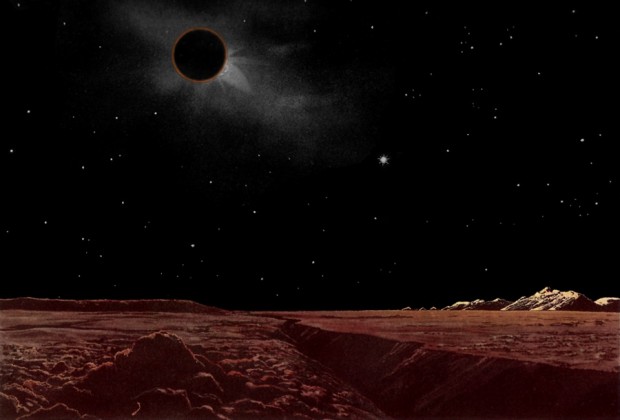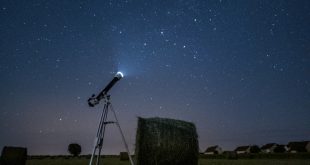
For the first time since 1638, a lunar eclipse coincides with the winter solstice. The two phenomena are independent, astronomically speaking; a lunar eclipse happens when the Earth blocks the sun’s light, casting the moon in its glimmering shadow; the solstice marks the shortest day of the year, when the Earth’s northern axial tilt is at its furthest from the sun. The two phenomena bookend the solsticial day, with maximum lunar eclipse occuring at 3:17 AM here in Boston while the sun reaches its maximum southern declination at 6:38 PM EST. The sight of the penumbrally red Moon will be enlivened by the Ursid meteor shower, which should be notably more visible in the darkened sky. The solstice is a far subtler affair, but its coincidence with the eclipse offers an extra dose of wintry glamor to the season.
[via Space.com] Gearfuse Technology, Science, Culture & More
Gearfuse Technology, Science, Culture & More


